Elementary exhibit | 2011
Team
Fabio Gouveia
Lucas Brazil Sousa
Diego Queres
Paula Barja
Priscila Freire
Rita Alcantara
Sílvio Bento
Ana Maria Palma
Catarina Chagas
Diego Vaz Bevilaqua
Marina Ramalho
Carolina Senra
Renan Alves
My contributions
Ideation
Expo structure
Product Design
Graphic Design
Interaction Design
Mediation with providers
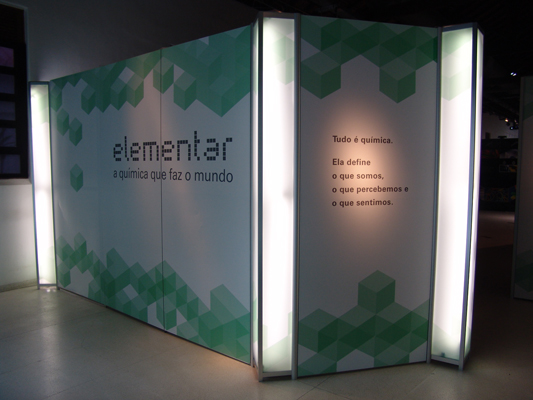
Temporary travelling Chemistry exhibit "Elementary: The Chemistry That Forms Our World" developed for the Museu da Vida (Museum of Life).
The exhibit remained six months at the Museum of Life and has spent 3 months in Roraima. It is currently installed at the Museu de Ciência e Vida (Museum of Life and Science) in Duque de Caxias (Rio de Janeiro).
Flow and structure
We wanted to define a clear direction for the flow of the visitors, divided in 3 main areas: history and basic notions, industrial uses/materials and the chemistry in us.
We created a structure using modular octanorm aluminium structures. We refined the structure using a physical paper model and some full scale paper models of specific interactive parts to define comfortable measurements for all visitors (considering, age, height and disabilities).
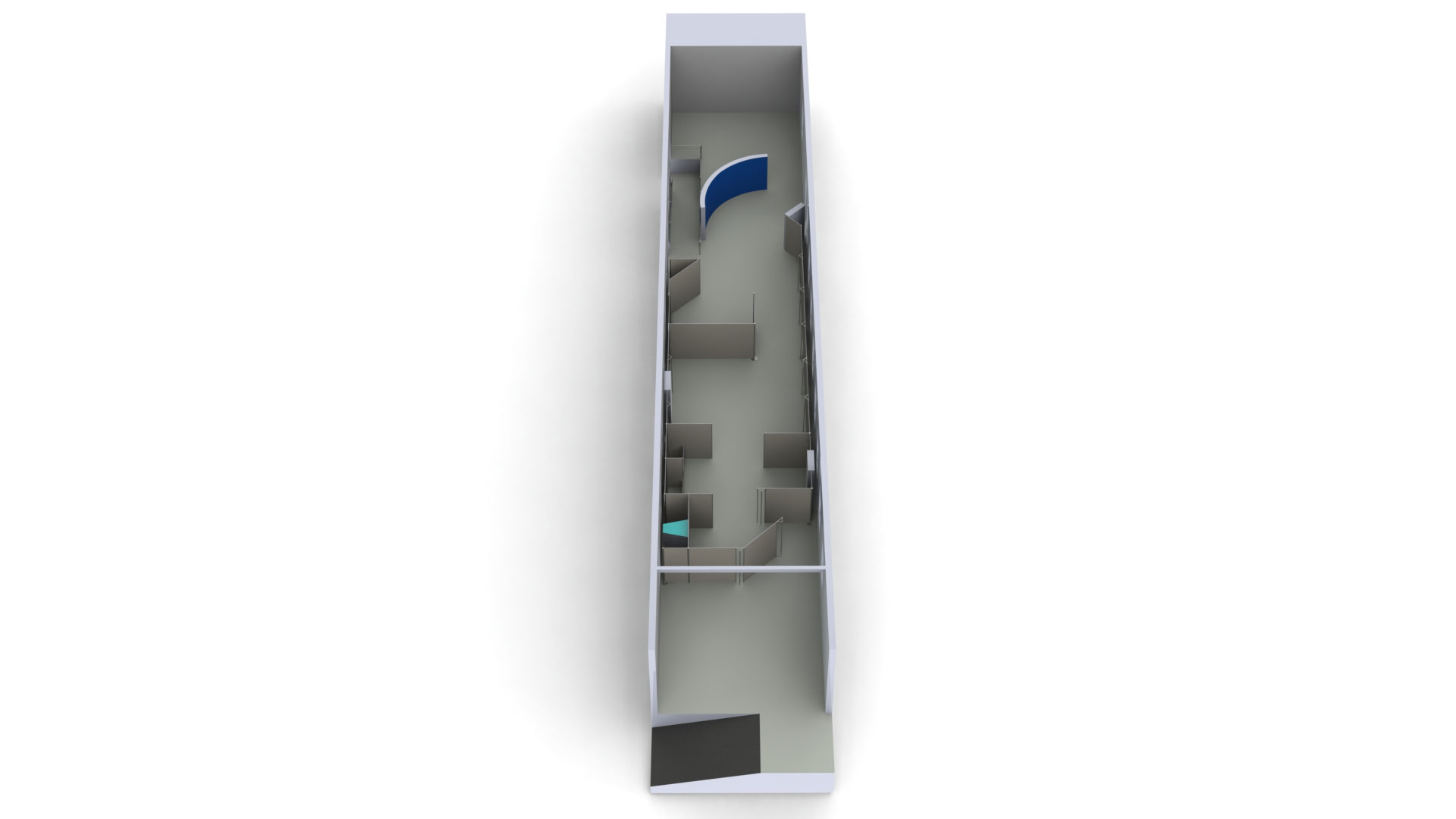
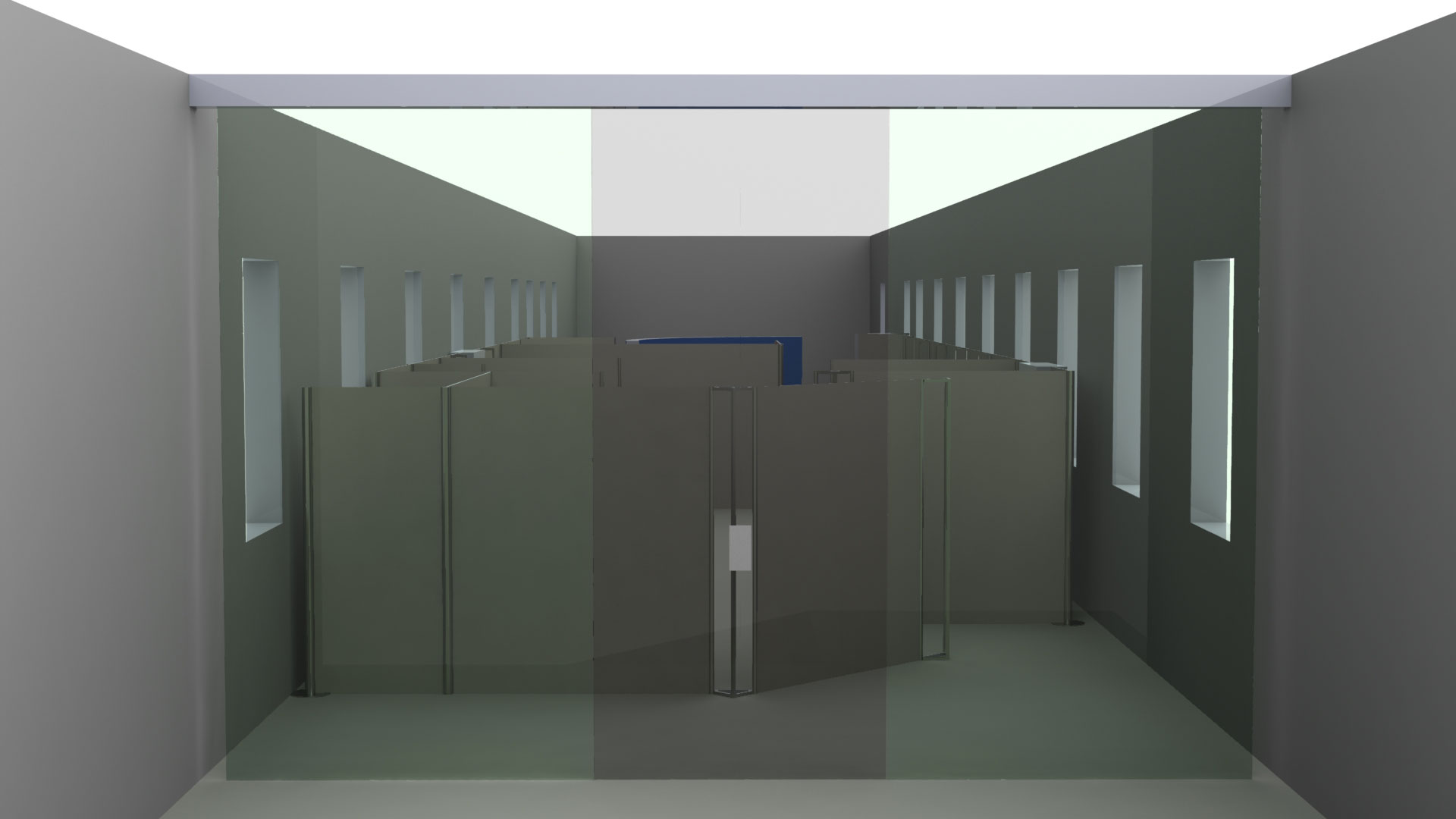
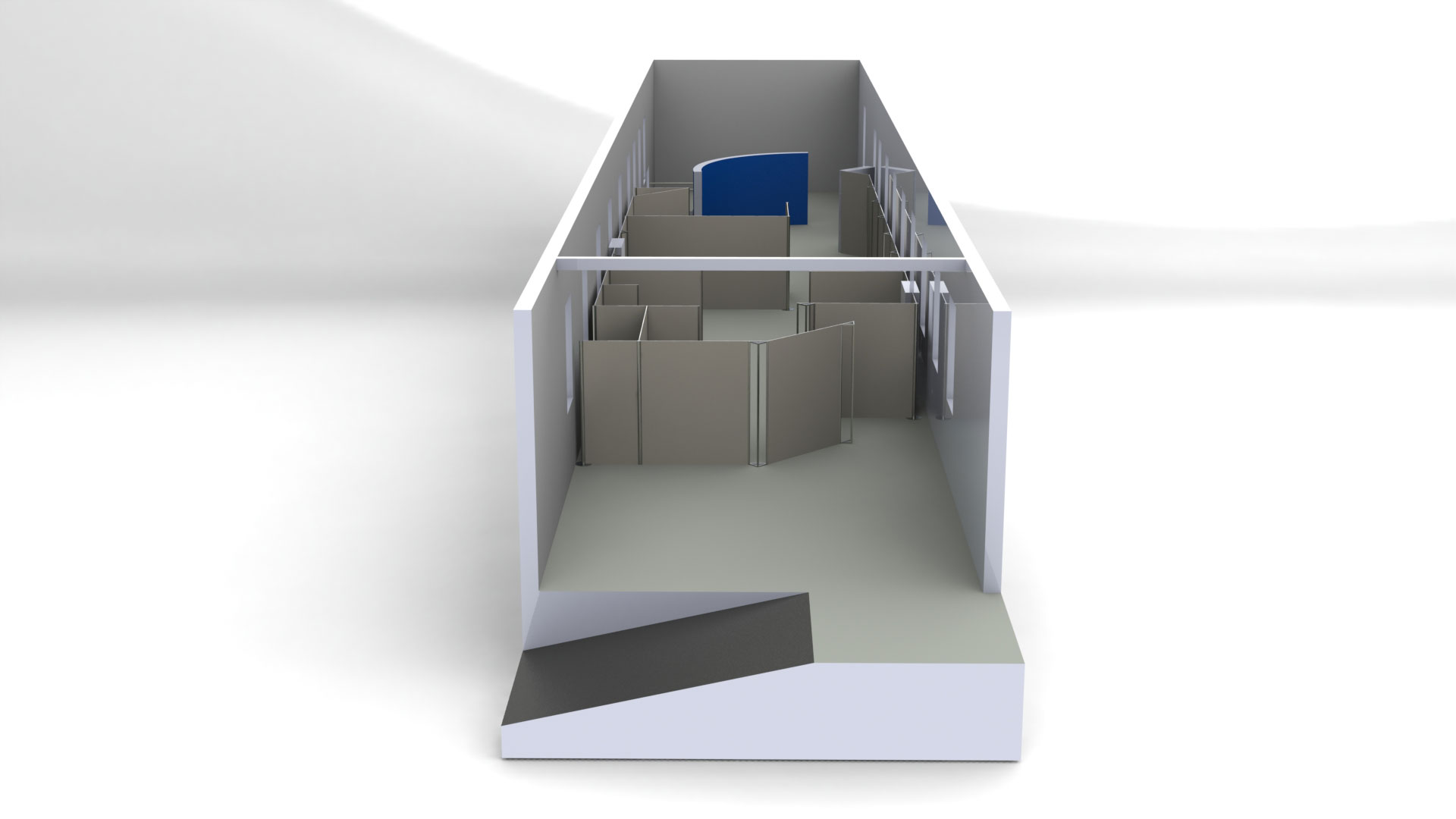
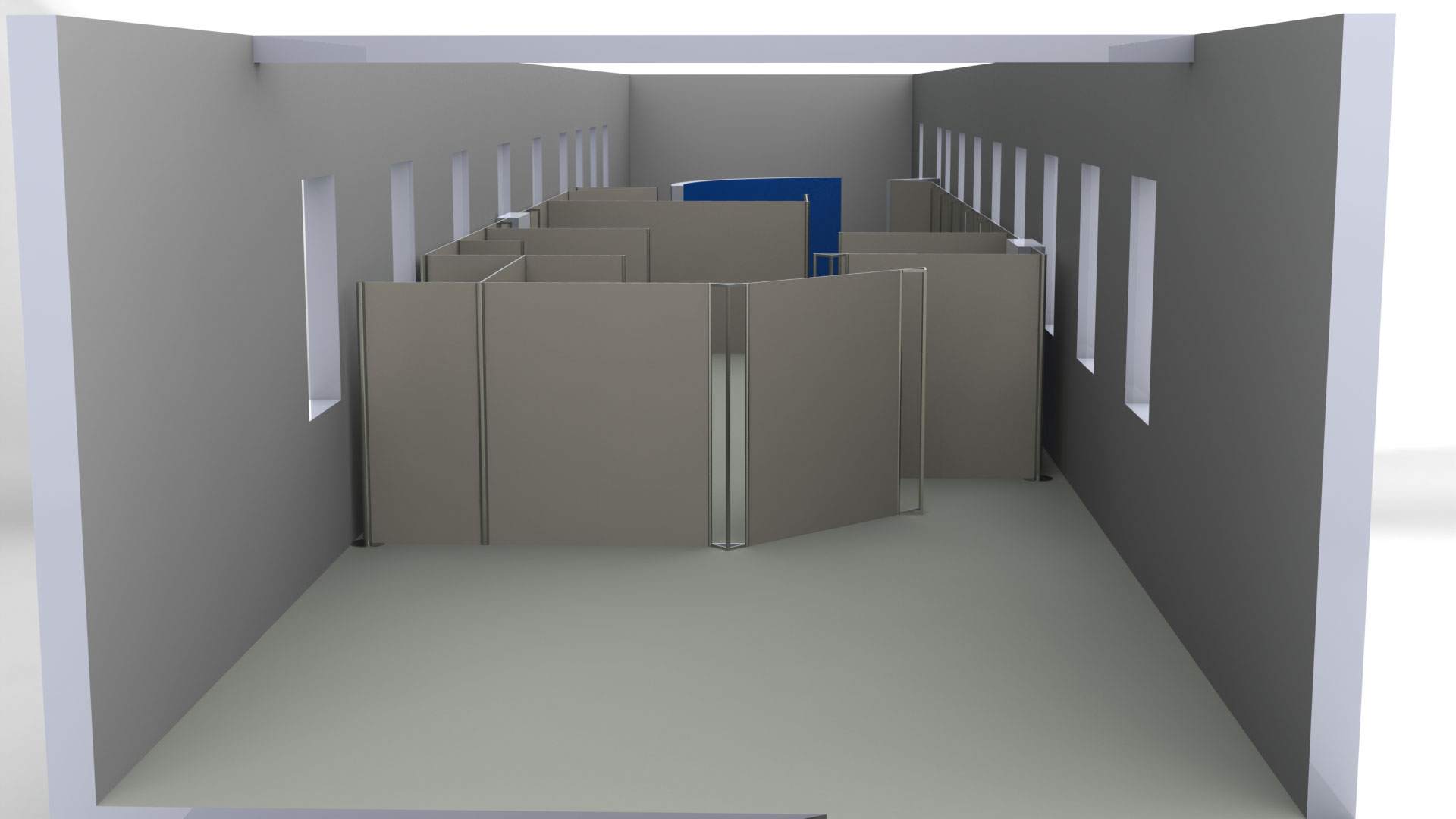
After some refinement, I defined the structure in SolidWorks and created the specifications and technical drawings.

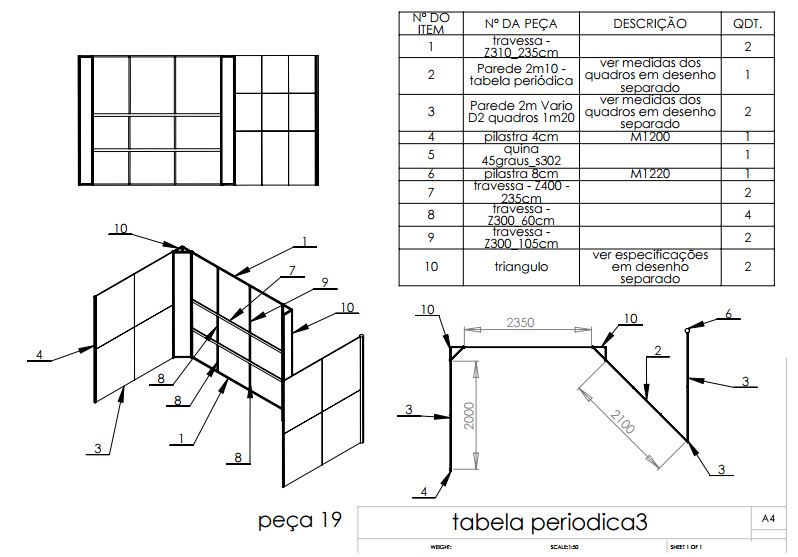
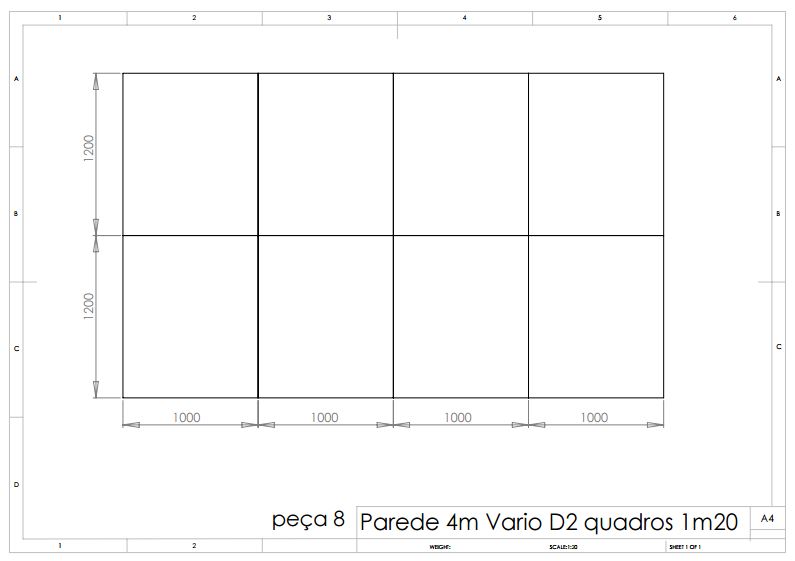
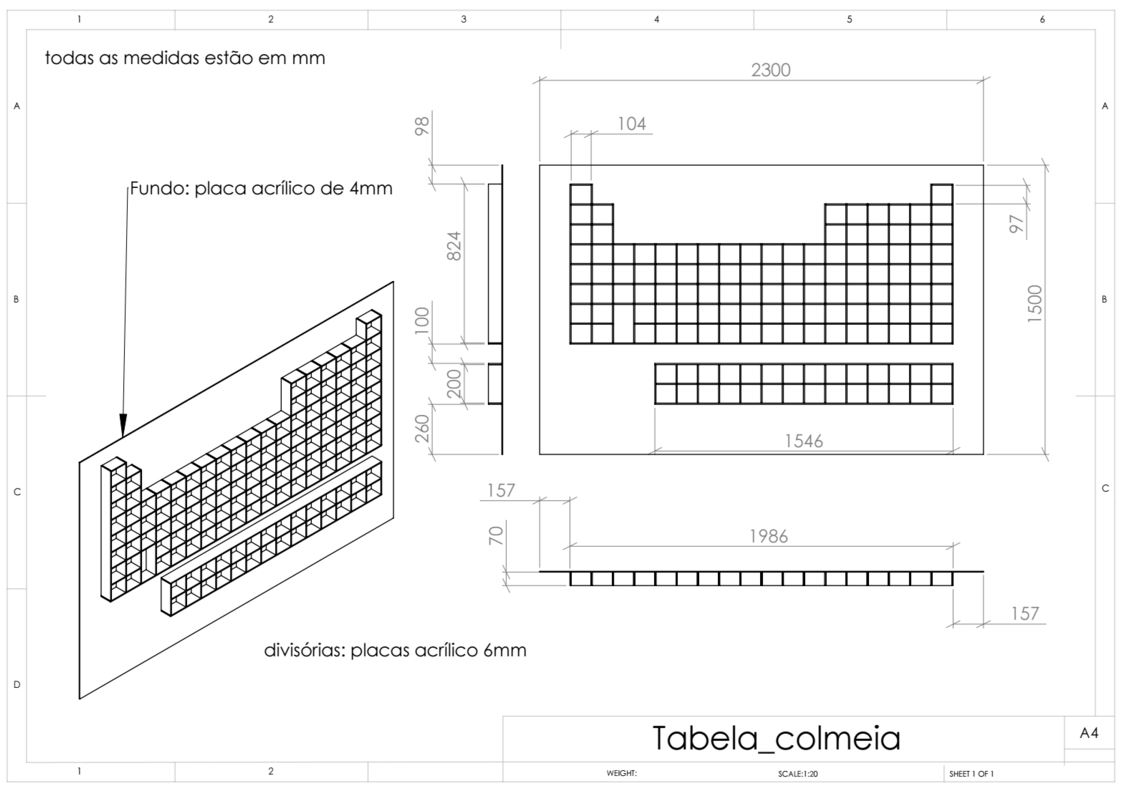
Interaction Cubes
With the basic structure defined, we brought some interactivity into the exhibit.
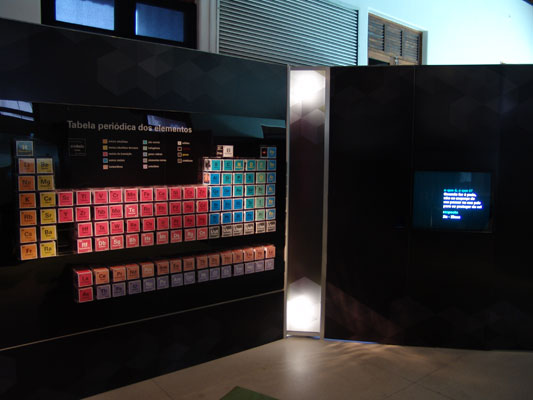
Interactive periodic table. Interactive module winner of two IXDA 2012 Interaction Awards.
This module was developed in-house. To learn more about it, check out its page.
Molecules interactive module | Fictix

Interactive module developed by Fictix along with the staff of the Museum of Life.
Ferrofluid interactive module | MBA Cultural

Teaser of the exhibit showing off the interactive module developed by MBA Cultural.
Chemical reactions interactive module | Corollarium
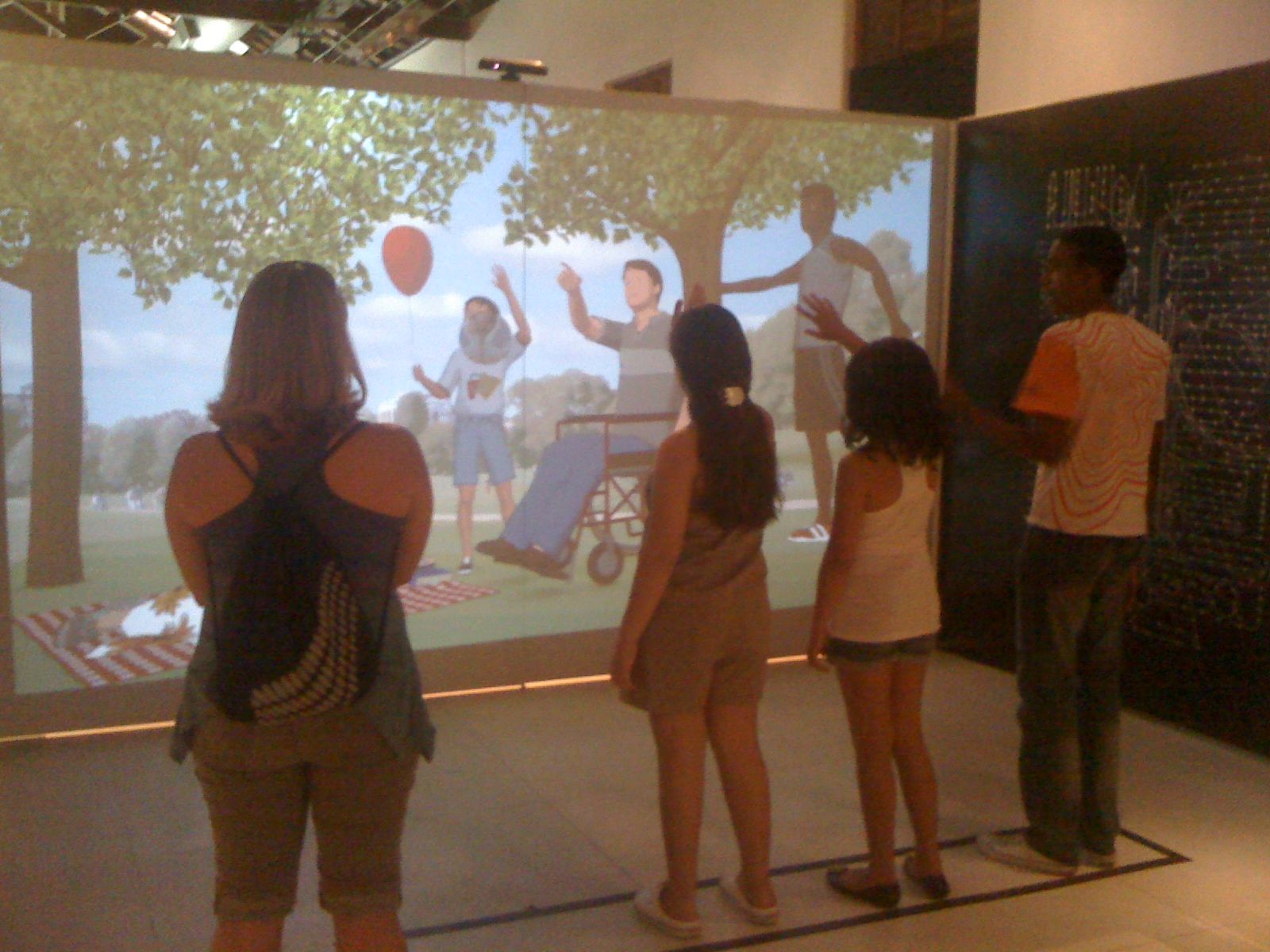
Interactive module developed by Corollarium along with the staff of the Museum of Life.
Using the technology of a Kinect camera, visitors can explore a scene with their hands, revealing x-ray images.
In some places, visitors can discover the elements present in each object and watch animations of the chemical reactions that occur during digestion and photosynthesis.
Previous Project

Interaction Cubes
Website interfaces and programming for exhibits
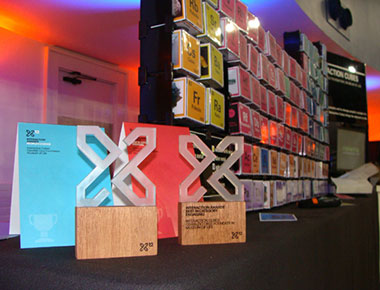
Next Project
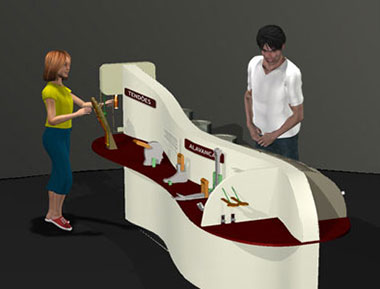
Human Body Exhibit
Proposal of a fixed exhibit at the Museum of Science and Life, Rio de Janeiro
